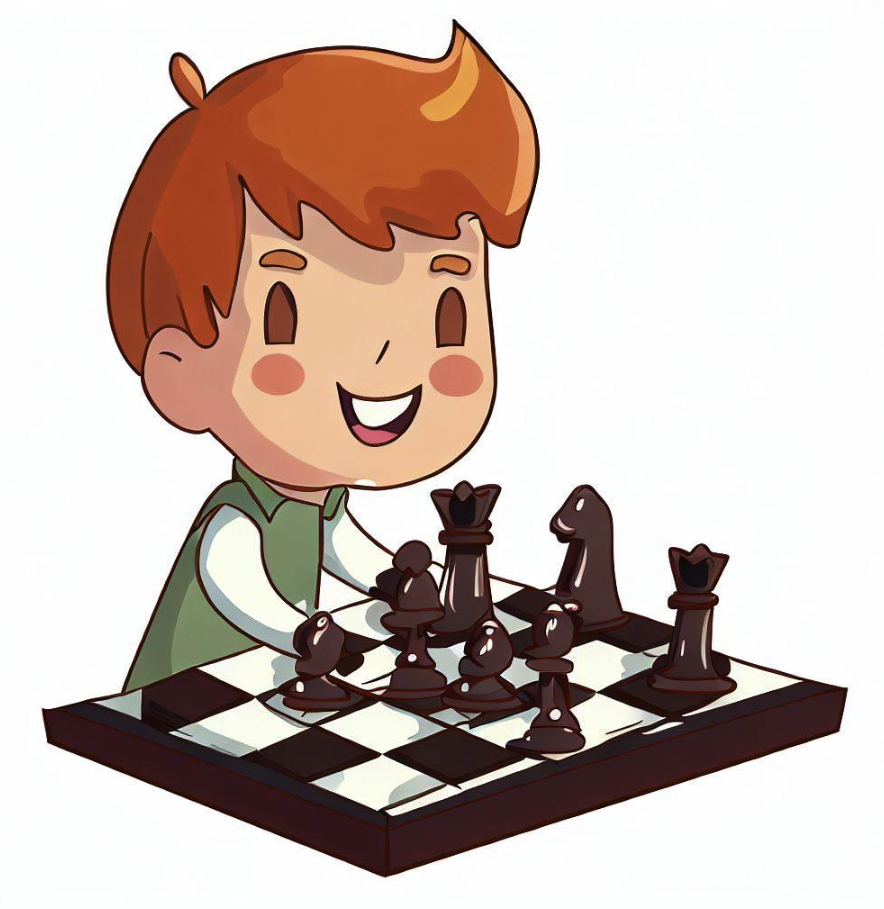Infinite chess, as the name suggests, is a version of chess played on an unbounded or infinite chessboard.
This unique variation of chess has been introduced by multiple individuals, including chess players, theorists, and mathematicians.
Interestingly, these introductions have been both as a playable game and as a model for theoretical study.
Despite the infinite nature of the board, research and gameplay have demonstrated that a player can win the game in a finite number of moves.
Chess Variants Throughout History
In contrast to the traditional, or FIDE chess, which is played on an 8×8 board (64 squares), the history of chess reveals that the game has been played on boards of various sizes.
A notable instance is the game of courier chess that dates back to the 12th century.
This variation of chess was played on a 12×8 board (96 squares), making it larger than the classical chessboard.
This game remained popular for at least six hundred years, highlighting its significance in the evolution of chess.
How to play Infinite Chess
Chess in Different Cultures: The Case of Japan
In addition to variations in the Western world, Japanese chess, also known as shogi, has been historically played on boards of various sizes.
The most substantial version of this game is referred to as taikyoku shōgi, which translates to “ultimate chess.” Taikyoku shōgi was played on a massive 36×36 board, consisting of 1296 squares.
The game, dating back to the mid 16th century, involved each player starting with 402 pieces of 209 different types.
Given its complexity and size, a well-played game of taikyoku shōgi would typically take several days, possibly requiring each player to make over a thousand moves.
Proposal of Infinite Chess by Jianying Ji
Jianying Ji, a known chess player, was among the many who proposed the concept of infinite chess.
His setup maintained the same relative positions of chess pieces as in classical chess, but replaced knights with nightriders.
Additionally, he introduced a rule that prevented pieces from straying too far from opposing pieces.
Other Contributions to Infinite Chess
Aside from Jianying Ji, numerous other chess players, theorists, and mathematicians interested in game theory have developed their own variations of infinite chess.
The objectives behind these variations often differ.
Some chess players introduce infinite chess concepts to create a strategic shift in the game.
For instance, on an infinite board, chess pieces, particularly the king, cannot be trapped in corners, requiring new patterns to form a checkmate.
Theorists, on the other hand, use infinite chess to expand the general theory of chess or to study other mathematical, economic, or game-playing strategies.
I Made Chess, but It’s Infinite
Conclusion
Infinite chess, therefore, represents an exciting area of both play and study.
Its infinite nature requires new strategies and theories, pushing players and scholars to think outside the traditional 64 squares.
Whether as a model for theoretical study or as an actual playable game, infinite chess continues to intrigue, challenge, and inspire.


